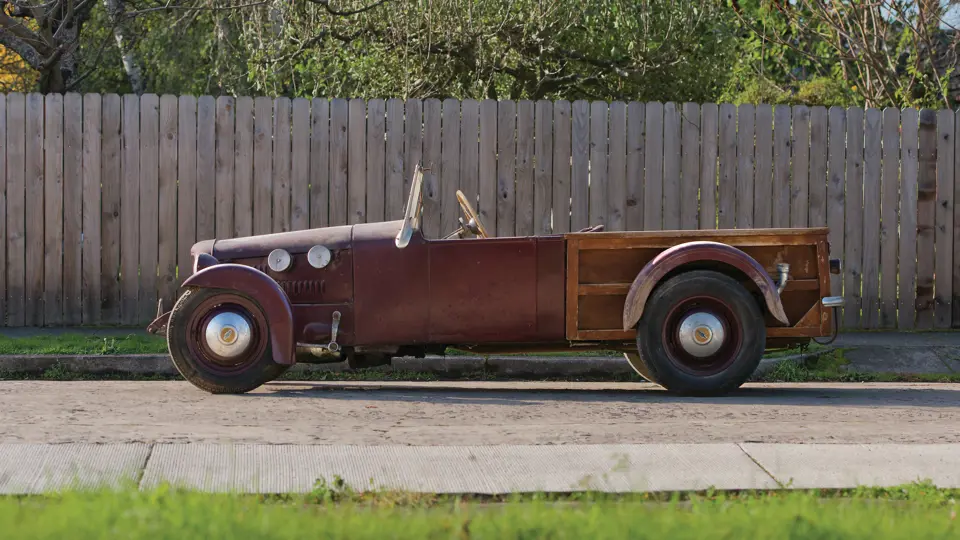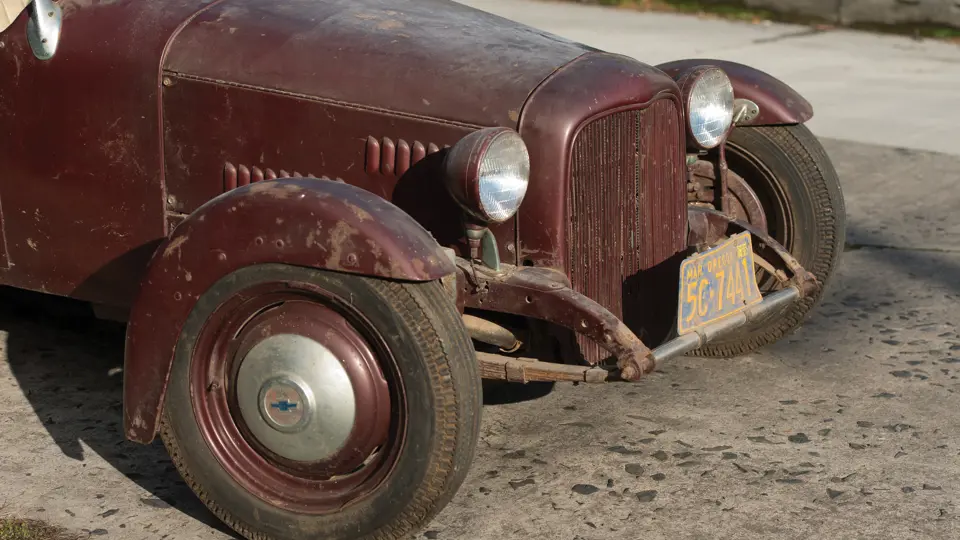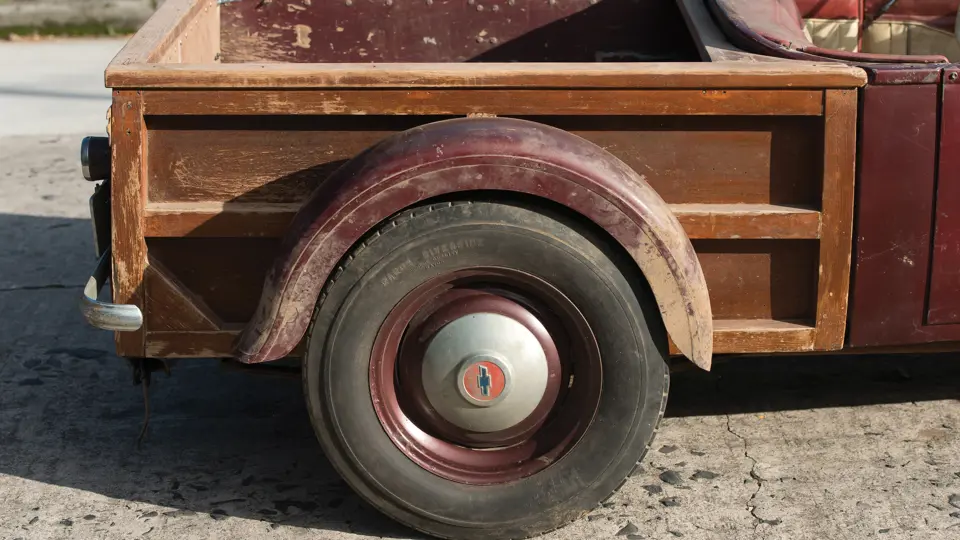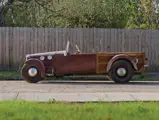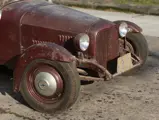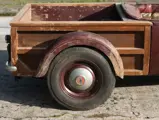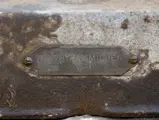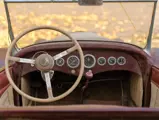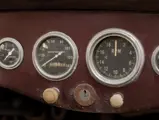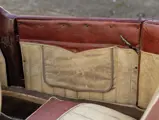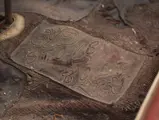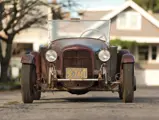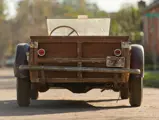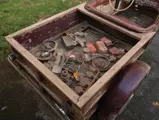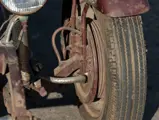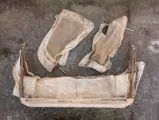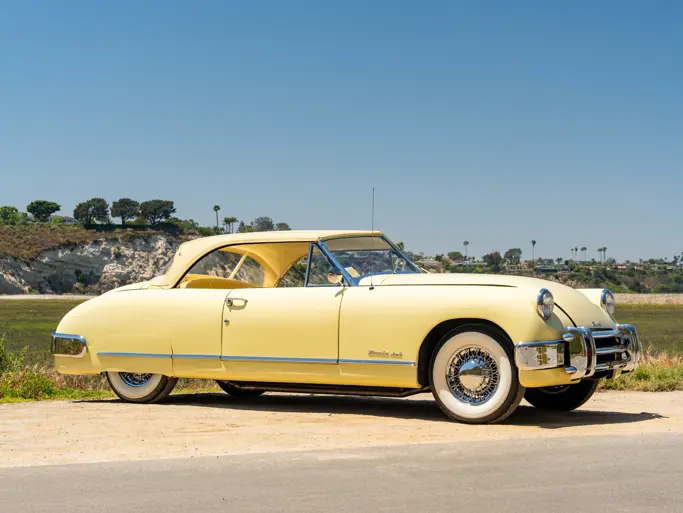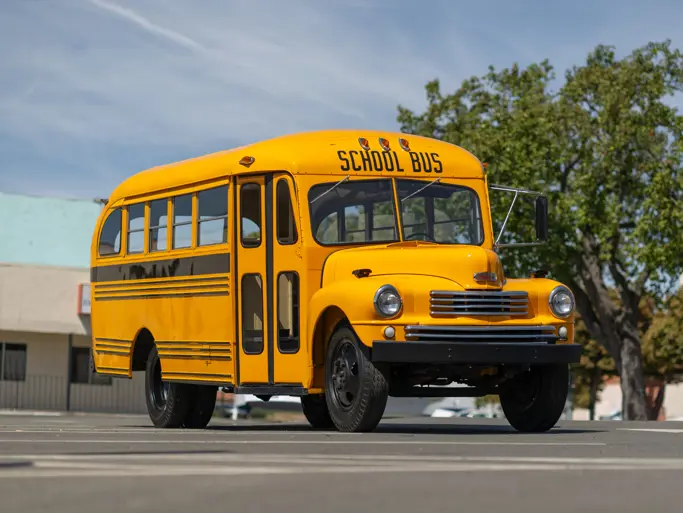
1951 Custom Hot Rod 'Barbeque Stove Bolt Special'
{{lr.item.text}}
$49,500 USD | Sold
{{bidding.lot.reserveStatusFormatted}}
- Known as the “Barbeque Stove Bolt Special”
- Built from sixteen cars, two motorcycles, and an airplane
- Featured in the premiere issue of Honk! magazine
- True vintage hot rod and dry lakes speedster
Est. 150 bhp, 171 cu. in. OHV inline four-cylinder engine with two SU carburetors, three-speed manual transmission, solid front axle and live rear axle with semi-elliptic leaf springs, and four-wheel hydraulic drum brakes. Wheelbase: 103 in.
When is a Deuce not a Deuce? When it’s the “Barbeque Stove Bolt Special!” Rather than the usual Model A Ford chassis with the Model T “bucket” cockpit, hopped-up flathead Ford power, and a ’32 Ford “Deuce” grille, this hot rod was built from parts from sixteen different cars, two motorcycles, and an airplane.
The car was built by James H. Hill and his father, Clark, of Vallejo, California, who took a 1927 Chevrolet chassis and installed the cockpit from a 1921 Dodge Brothers touring car, the requisite “Deuce” radiator (suitably shortened) at the front, 1937 Chevy axles and brakes, and a three-speed transmission that incorporated parts from Jeep, Nash, and Studebaker, and all of this was driven through a 1946 Chevy high-torque clutch.
The engine is the most interesting feature. Its power comes from a 1928 Chevy four-cylinder “Stove Bolt” block that had been capped off with a Harry Miller-modified overhead-valve head from a 1921–1923 Model 54A Oldsmobile. The three-port head, sometimes called the “Poor Man’s Rajo,” was a favorite with hot rodders in the 1920s and 1930s, as they were often grafted onto Model T engines. It has been upgraded with valves from a Buda diesel engine and Nash rocker arms. Deep inside is a Ford “C” crankshaft, the counterbalanced version found in 1933–1934 four-cylinder cars and trucks, which had been rotated by Pontiac connecting rods and Jahns solid-skirt pistons. Spark comes from a Bendix magneto, which is driven by a cross-drive arrangement from an airplane and fed by SU side-draft carburetors from a Jaguar. Lubrication is dry-sump, working at 60 pounds of pressure, and a 1924 Dodge water pump keeps it cool.
All of these modifications to the engine required considerable welding and machine work, and the Hills set it in a bed of charcoal for several days to cool and cure; thus, the “barbeque” appellation.
Upon its completion in 1951, the Hills raced the Barbeque Stove Bolt at the dry lakes, reaching 84.4 mph in a speed run. It was entered into the 1952 National Roadster Show in Oakland and awarded First Prize for originality, which is a tribute to the out-of-the-box thinking of its creators. The premiere issue of Honk! magazine, the forerunner of Car Craft, gave it a feature article in May 1953.
The Hills moved to Oregon in 1955 and used the car sparingly thereafter. It was put into storage in 1967 and was acquired by the current owner only last year. It is now offered for sale bearing all the patina of its heritage.
The Barbeque Stove Bolt Special is accompanied by trophies from the Oakland Roadster Show and the California-Nevada Timing Association Speed Run and an award from the North Bay Roadsters Club. Also included are photo negatives from the dry lake event, which are historic finds in their own right, as they include many other competitors and have never been published. There are many other parts and memorabilia included with the sale of this car, with many of them in their original packages, such as a spare Jahns piston, NOS bearings and piston rings, a spare Olds three-port head, two cans of original paint, the original top and side curtains (good for patterns), a copy of the May 1953 Honk! magazine with the feature article, and many miscellaneous parts.
Once common, the legendary lakes roadsters are now rarely seen. This one, a page apart from all the Ford-based hot rods of the period, is in a class of its own.


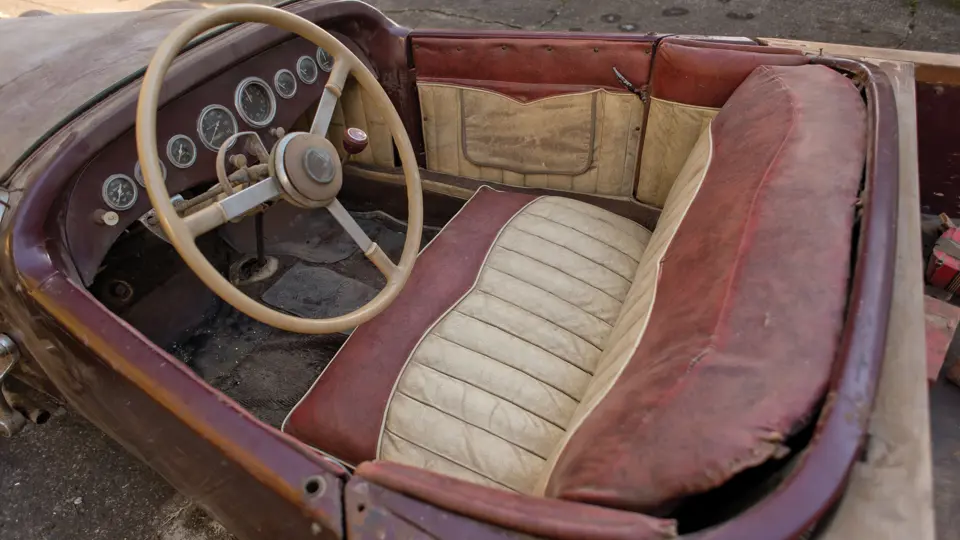

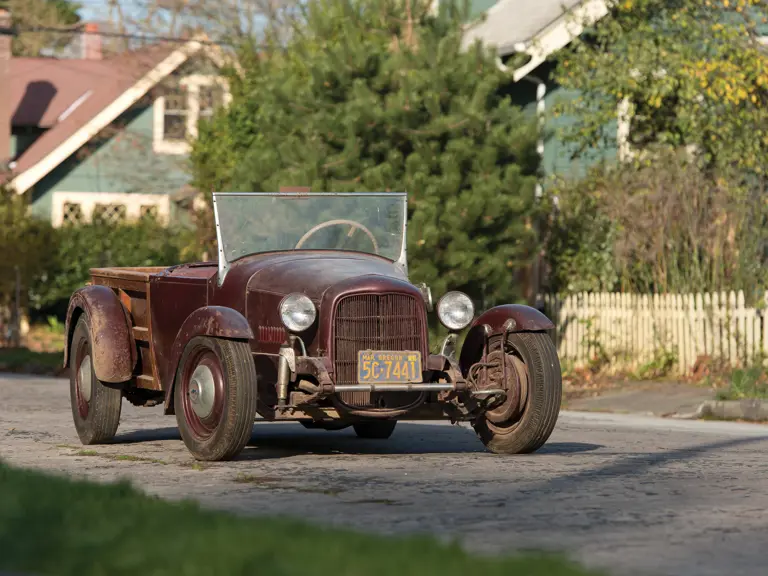

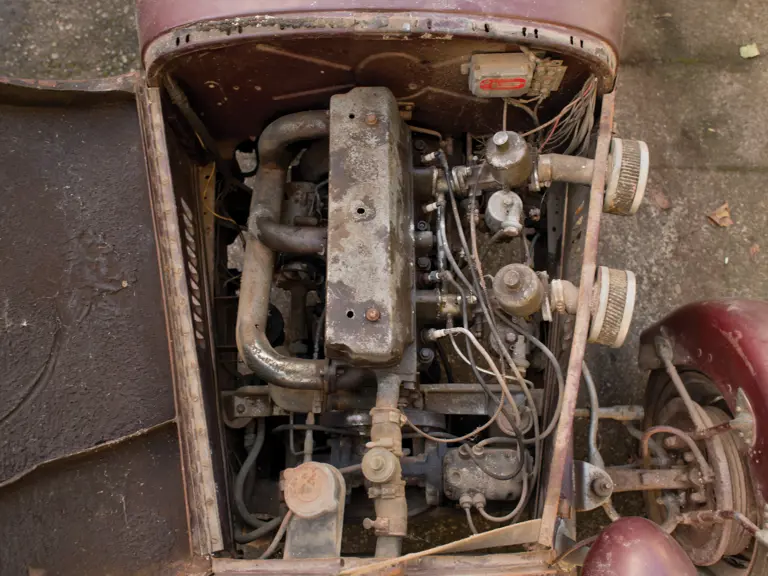
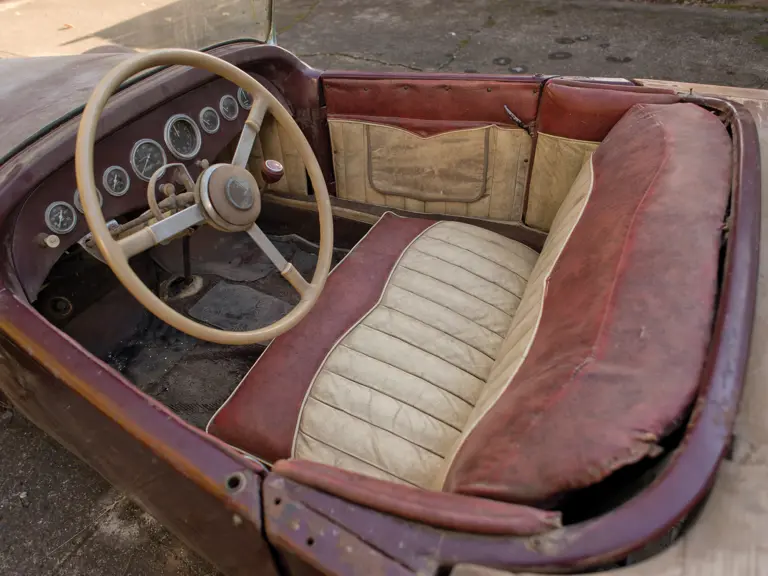
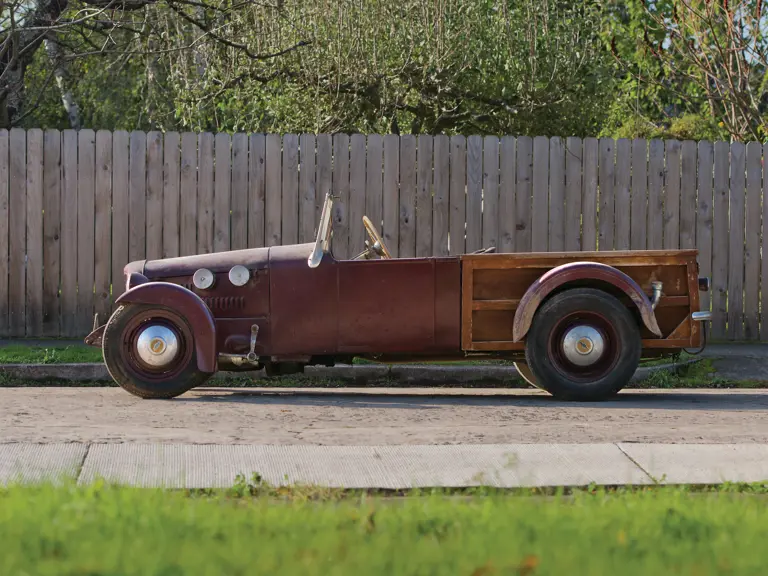
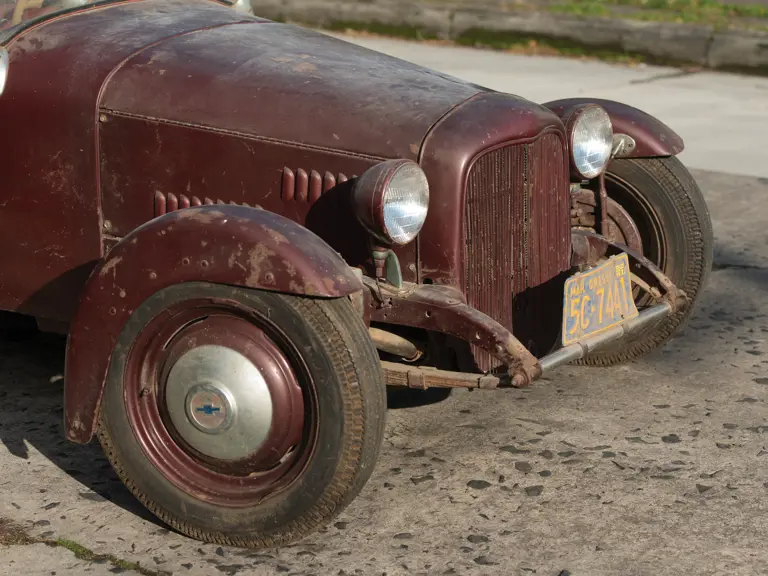

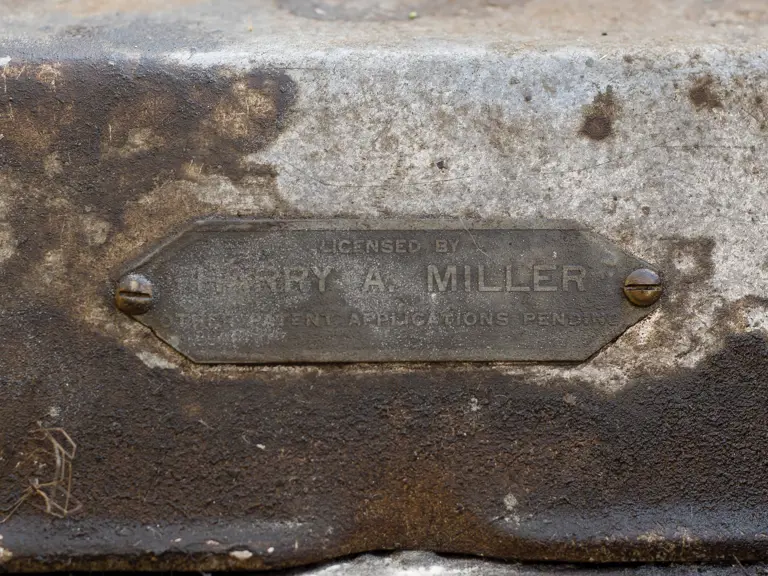
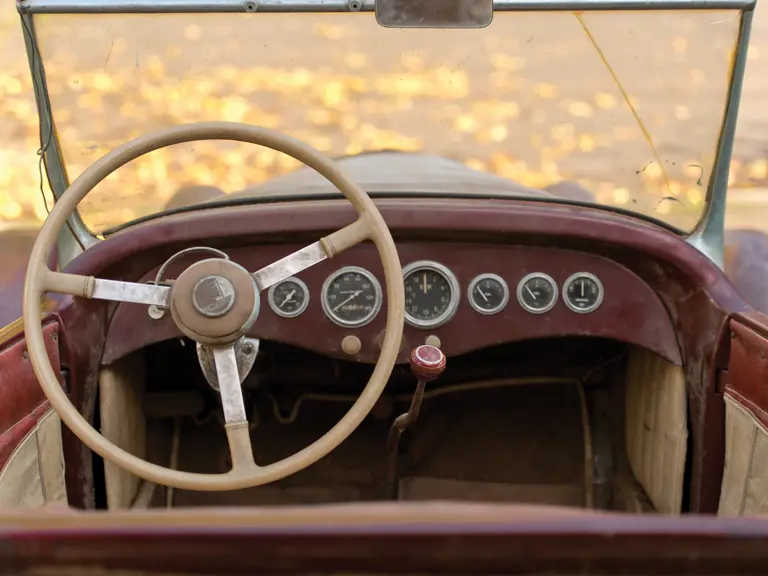
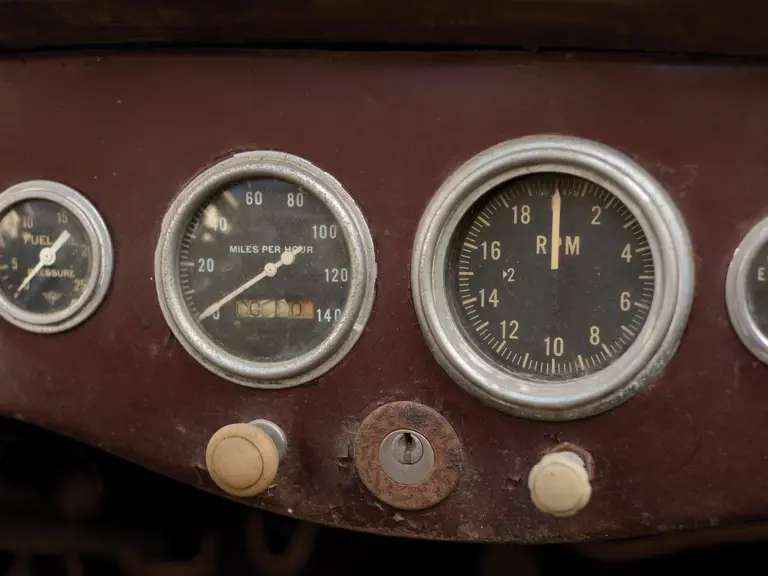

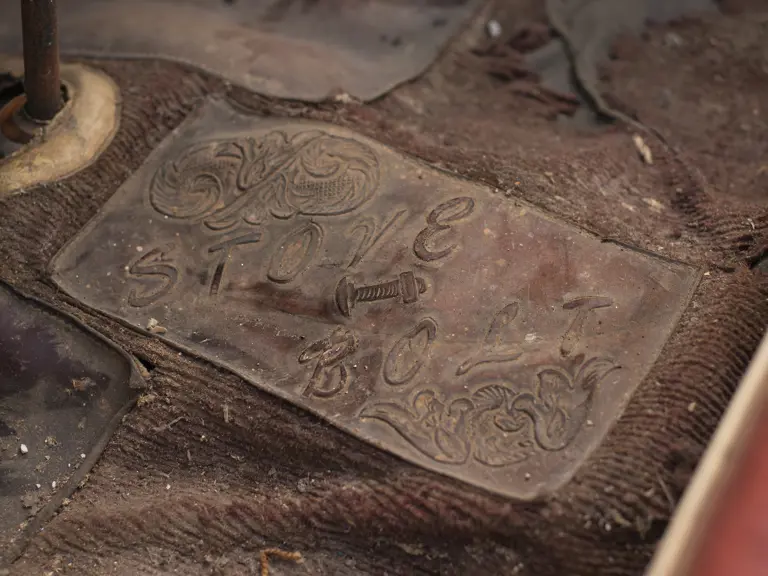

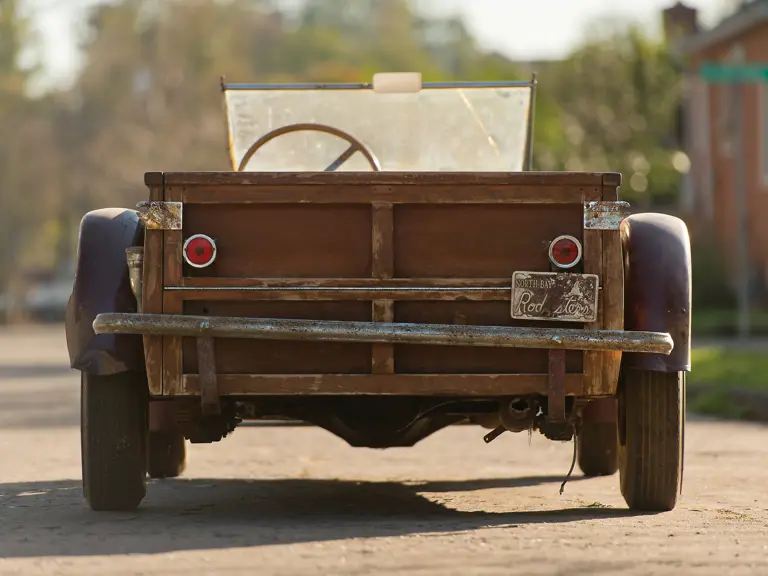


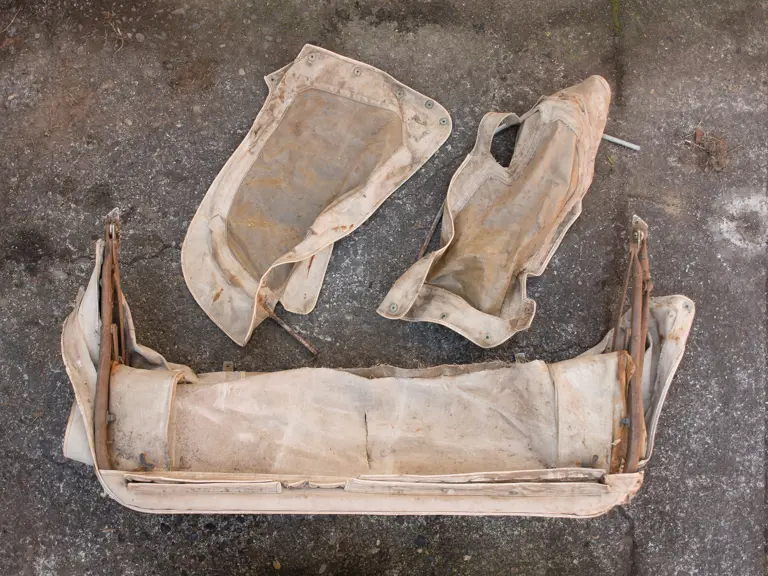
 | Phoenix, Arizona
| Phoenix, Arizona
